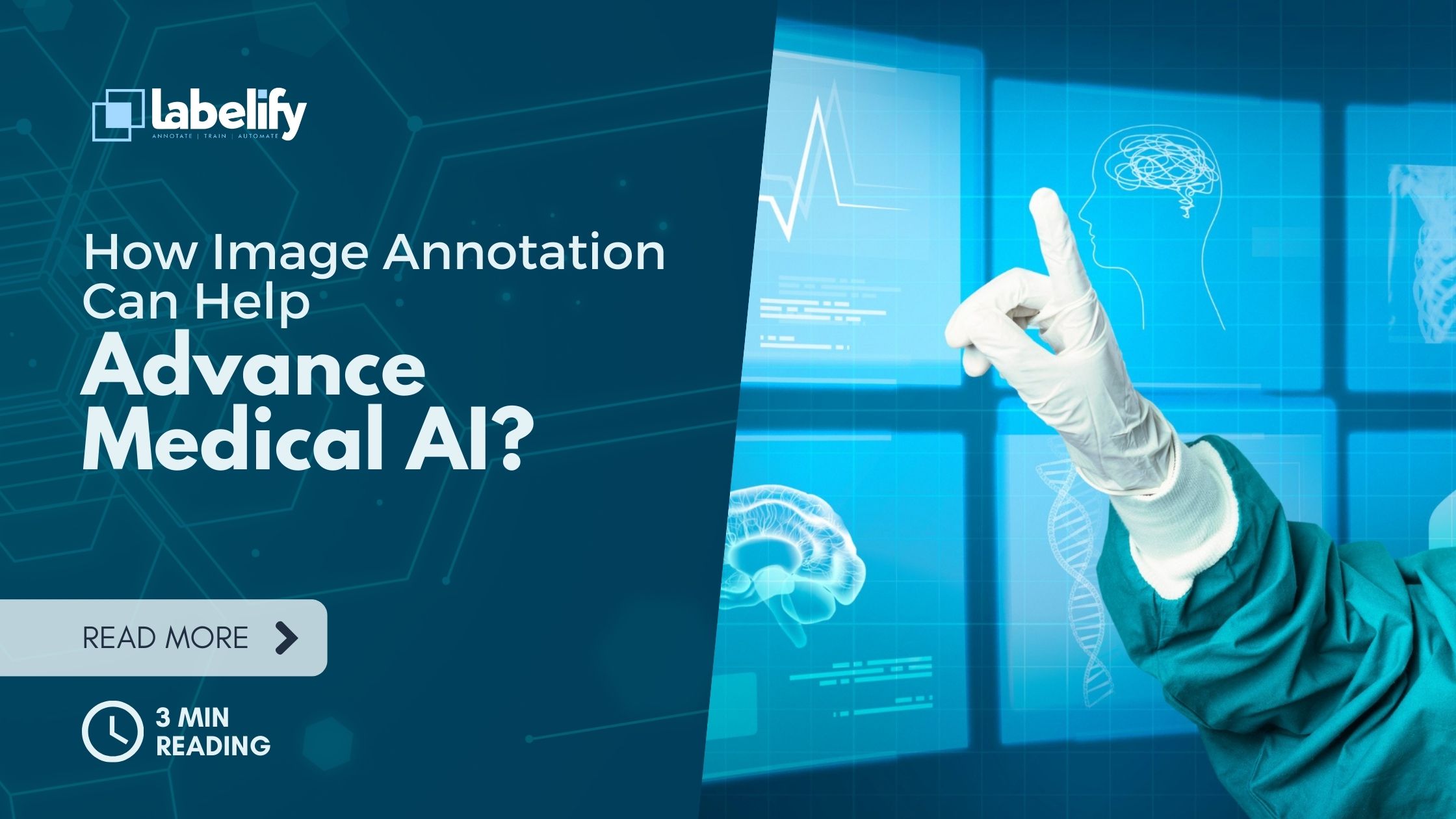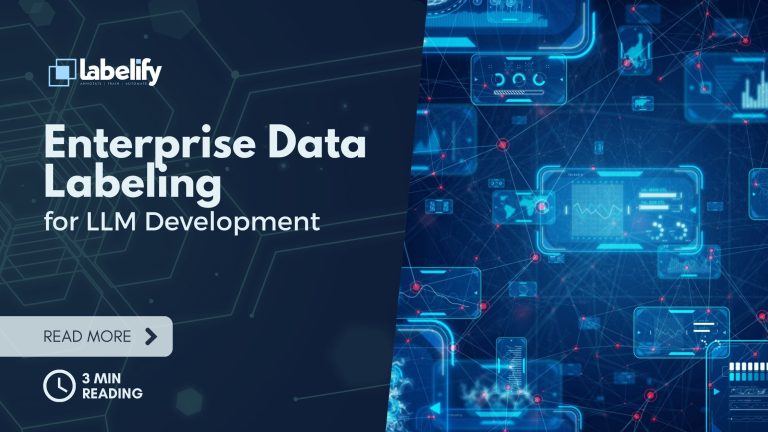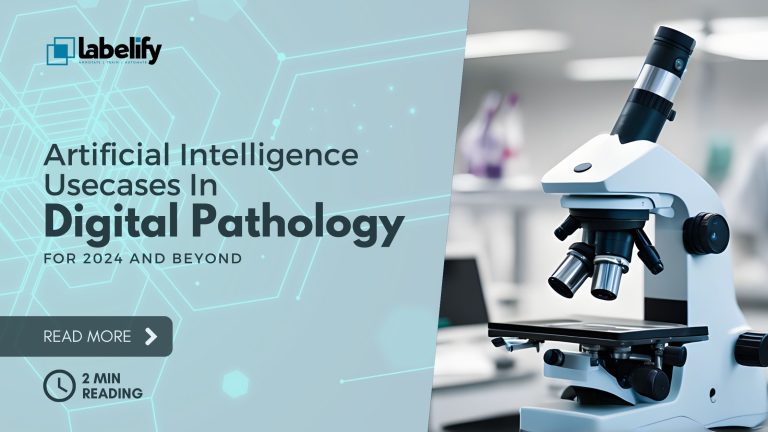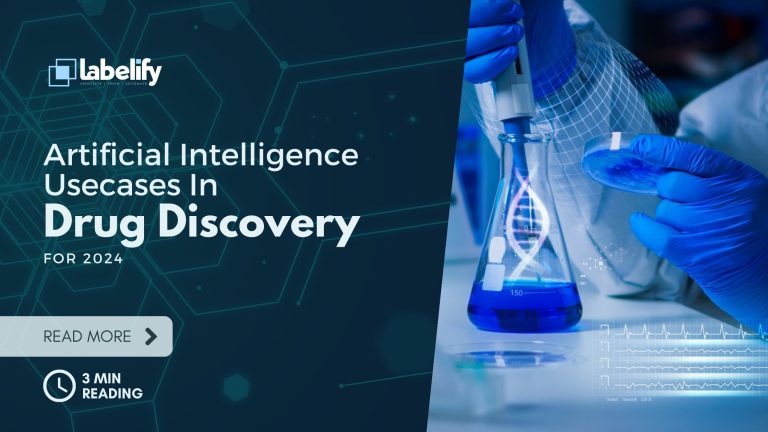How Görüntü Açıklama Can Help Advance Medical AI?
Artificial intelligence is revolutionizing the field of healthcare by making it possible for healthcare professionals to use big data to diagnose and treat illnesses. With the machine-learning process, healthcare professionals are able to spot issues more quickly, and medical researchers gain an understanding of infectious diseases such as COVID-19. Medical AI investment is substantial and the top 50 startups in this area have been awarded $8.5 billion worth of venture capital over the last 10 years.
The process of diagnosing medical conditions is extremely complicated. There are thousands of recognized illnesses, but there is a limited number of symptoms that could be a possibility. It takes time to diagnose, often necessitating multiple lab tests. There’s a lot of room to make mistakes that weren’t intended and even the human eye and technology can only go in a limited way when it comes to identifying ailments. Computer vision models for medical applications have changed that by providing healthcare professionals with instantaneous information that can lead to higher quality outcomes in radiology, life sciences, pathology and much more, with shorter time.
It all begins with correct image annotation. Machine learning models that are effective rely on the accuracy of training data. Medical images, including CT as well as MRI scans, are used to train the machine-learning model. They provide the necessary fuel for the development of precise diagnostic and treatment options. However, the machine has to be trained to spot patterns in the data and the human body isn’t straightforward.
To allow a medical AI system to function it has to be trained by analyzing thousands of medical images annotated , each of them with designated objects or targets. An example is that annotation could indicate fractures, tumors or even the presence of an indicator for an infectious disease. Other models could detect changes that are abnormal through a comparison of a series of medical images over a time.
Labelify’s professional management team collaborated in conjunction with our annotation tool partner to annotate chest x-rays to test and train machine-learning models that can speed up the triage process for COVID-19. Yes, medical AI is helping hospitals to get a handle on the outbreak.
Improved healthcare outcomes through medical AI-
Four ways that medical AI can aid in improving the quality of healthcare:
Speed up diagnosis and treatment time medical AI is able to quickly detect the presence of medical anomalies in images, such as CT or MRI scans, which it is taught to recognize, which can reduce the time needed to identify disease.
Speed is among the most significant benefits AI can provide. AI can analyze visual data in just a half of what that humans need.
Reduce the chance of human error. Humans aren’t perfect and even the most skilled of us are susceptible to making errors. Fortunately, most of these problems are eliminated through automation of routine workflows.
With the right set of data, AI can help mitigate the human error issue which is the leading reason for death. Machine learning platforms that are well-trained will be able to recognize things that people cannot. It also facilitates quicker and more accurate decisions that result in better results. You might even consider AI as the most reliable third-party opinion you’ve received.
Provide precise medical care – Medical AI could help you to get more specific and predictive insights. An educated medical AI solution uses the appropriate data to make instantaneous decisions and develop predictive models that are able to identify problems before medical experts can assist doctors in making better decisions that are tailored to the specific needs of each patient.
Accelerate medical research in medical science, AI can be used to examine and identify patterns in huge databases. For instance, it could search through huge archives of medical literature as well as images and then apply this wealth of information to predict the potential to develop tomorrow’s medicines.
This represents a great opportunity given that creating a new drug is approximately $1.3 billion. In addition, it usually takes several years for a new drug to become available for sale, and the majority of that time is spent in clinical trials. Medical AI could be able to shorten these periods substantially by analyzing the data from trials to assist in the development of more efficient and speedier trials.
The investment in medical AI is on the rise and many new startups are driving a transformation in healthcare delivery. However, people play an important role. AI isn’t designed to replace medical professionals instead, but to improve their capabilities by providing real-time data. It all starts with the highest quality image annotation.




